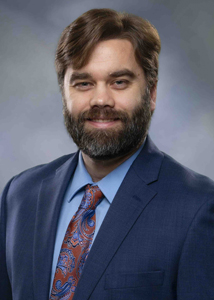Program Information
An Automated Workflow for Patient-Specific Verification of Deformable Image Registration
N Kirby*, O Morin, U Ueda, K Nie, J Chen, J Pouliot, University of California San Francisco, San Francisco, CA
TU-C-141-9 Tuesday 10:30AM - 12:30PM Room: 141Purpose: To develop an automated workflow for patient-specific verification of deformable image registration (DIR).
Methods: The central concept behind this verification process is digitally applying test deformations to patient images and comparing to those returned from clinical DIR algorithms. The patient-specific nature of these test deformations is the novel feature of this workflow. First, a set of different test DIR algorithms is applied to the original clinical images. The deformations produced by these algorithms represent plausible deformations and are applied to the clinical moving image, producing a set of test fixed images. A combination of computed-tomography images of a water phantom with frequency-domain image filtering is utilized to first remove image noise and then reintroduce distinct noise fluctuations on the moving and fixed test images, which would otherwise skew DIR error evaluation. The clinical algorithm is then applied to the set of test images, which yields a set of theoretical deformations. For each image voxel, the set of theoretical deformations are compared to those actually applied. The maximum discrepancy in each direction becomes the theoretical uncertainty for that voxel on the clinical image. This creates an uncertainty vector field, which can be applied to patient contours and dose to evaluate potential clinical errors from DIR uncertainty. The results of this process are benchmarked against an anthropomorphic pelvic phantom, which possesses a measured ground-truth deformation.
Results: The theoretical DIR uncertainties from the workflow gave an accurate indication for the spatial location of the actual errors, but tended to overestimate the error magnitude. The maximum theoretical uncertainties in the anterior and lateral directions were 15.4 and 11.5 mm, respectively, compared to the maximum measured errors of 12.6 and 3.0 mm, respectively.
Conclusion: This workflow demonstrates the ability to perform automated patient-specific verification for DIR. Further work to develop the method is ongoing.
Contact Email:


